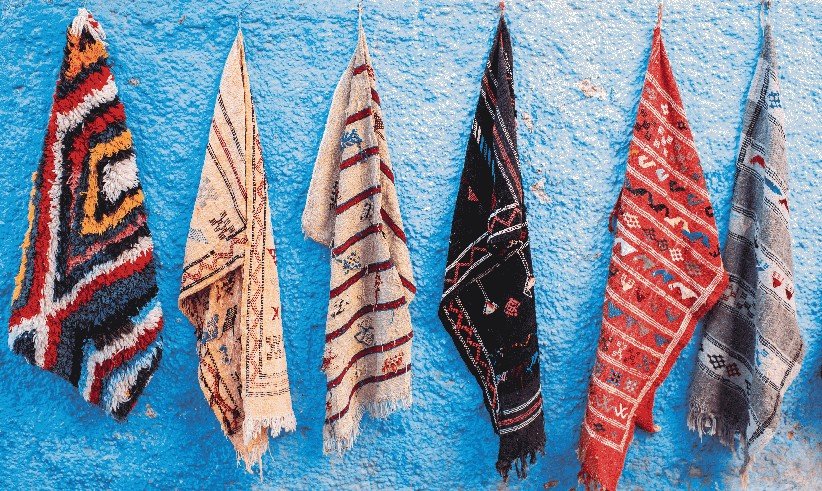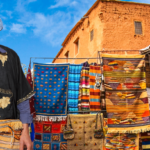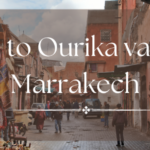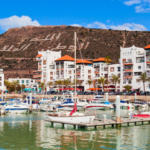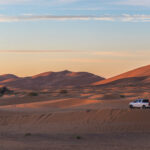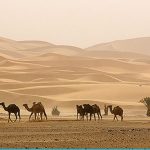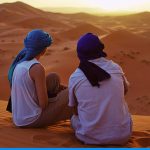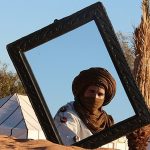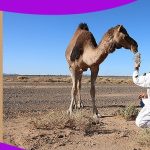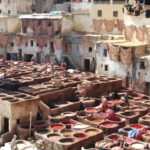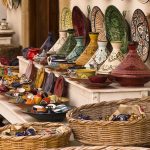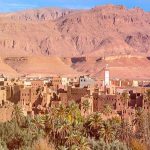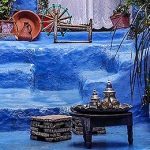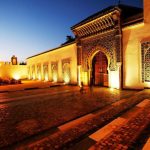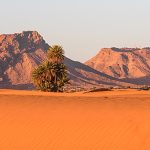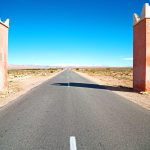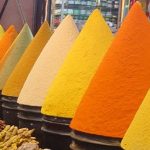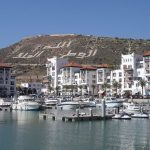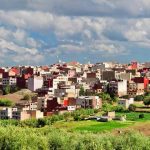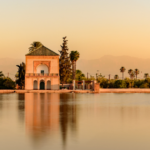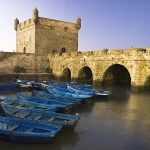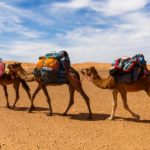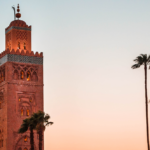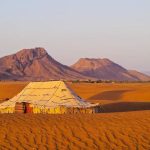When do you think of Morocco what colours come to mind? Do you think of the ruby red flag, the yellow of the hot beaming sun or the brown camels and sand dunes?
Morocco does not only consist of yellow, tan and sunset colours. But the whole countries pallet for colours for far brighter and beyond what we can imagine.
Being a westerner, we tend to wear denim or the normal darks which consist of main blacks, browns, and lots of dim blues. You can also throw beige and ecru in the mix too, however, they are more off white colours and closer to browns but much lighter.
However as for the shades of Morocco well it is a completely different ball game. The colours whether it was the buildings, the spices, clothing’s, the sea and even the skies! The natural colours were just simply breathtaking and ever so vibrant!
Morocco offers a huge ray of colours, with countless tones making it a palette of one of a kind, definitely something unique that might take getting used to.
The souks are absolutely flooded with beautiful colours ranging from bright fiery reds, tangerine oranges, to bright topaz blues. The Moroccan landscapes ooze with animated lively colours that have a character of their own making the country a vivacious spirited place. The stalls and markets brag with the natural lights and shades at the same time giving the colours a whole new different dimension. Whilst confidently displaying reels of silk threads, real leathers, dashing bright cotton, traditional slippers, rugs, more fabrics, ceramics, bundles of wool, engraved pieces of woods, vibrant mosaics, and a whole lot more. The souks are a place I found that I couldn’t keep away from, had it been less busy I would have been there every day, but given that it was very very crowded I chose times when it was much quieter and less busy.
One thing that really took my interest was the lush strong colours of these coloured powder. I was genuinely awestruck seeing how beautifully they were displayed but more so the flamboyant colours that were just bursting character. Initially, I thought these bright powders were actually spices, however, I was puzzled when I saw blues, purples and greens. I later realised that these gorgeous coloured powders were actually clothes dye, and the stall that we were in was essentially a ‘Dyers market’. However, there are other souks that do have spice stalls which is a huge part of the Moroccan culture but in fact also a very significate part of their cuisine. Later on when walking past we did in fact pass the gorgeous spice stalls that are bursting with aroma, from saffron to cinnamon to aniseed and so much more. For me the spice souks were very pleasant to walk through, however, those that either is too sensitive to smells, not used to it, or even have severe allergies to cinnamons or spices maybe take a pass. Although it would be completely safe since I do not know the severity of allergies maybe that is worth thinking about. However I found the aromas absolutely pleasant even tantalizing, in fact, it almost reminded me of my mothers Indian cooking!
Being from an Asian background I initially thought that the coloured powders were actually Holi. Holi is a colourful festival in the Hindu religion, there is also another meaning of Holi which is the actual coloured powder. The coloured powder is made from cornflour and uses various intriguing vibrant food colours to ensure that it is skin-friendly but more so suitable for the human grade. The festival consists of people being covered in these bright coloured dyes, each aiming for one another whilst having fun. Although the Moroccan coloured powders did not seem that different in the visual aspect, I am yet to know what it feels like on the skin.
I did notice that on the upper deck on some balconies and rooftops, lots and lots of plain white and wet dyed fabrics were hung in a single drape. That explained and gave me more of a sense of what the dyers market stalls were about. It seemed to be a place where local trading’s take place, also where people and local businesses possibly buy and dye coloured fabrics.
What I found even more dazzling was the locals, the women that were draped in long luscious coloured clothing’s, whilst being adorned in big exaggerated pieces of jewellery. Some wore veils that had the softest material giving them the protection of the sun as well as them being able to practice their customs, others did not wear veils but wore very long modest clothing’s again with strong bold colours. I also saw some Moroccan women that also wore everyday western clothing, by that I mean stuff like tunic tops and loose trousers or jeans which wasn’t much different from here. In terms of their facial structures without staring too much, there was one thing in particular that I noticed, it was their eyes. It was dark and mysterious, with beautiful black thick Kaajal eye lining defining their eyes even more.
The local men were in their traditional long linen thick kaftan robes with hoods, most wore turbans which is very common to see the locals and tourists (only for fashion) wearing them. They also had lots of scarfs around them too, and many layers considering it was hot. However, the fabrics seemed very soft and sat on the skin well not causing any irritation.
The turban-like hats are very similar to the sultan’s style that sits neatly on the centre of the head giving it full coverage. One thing I did notice was the men tended to wear more layers as opposed to the women.
When I questioned one of the locals and even the shepherd from the desert this the explanation, it was said layers were worn only to protect them from the sun. Moreover, they explained, occasionally when they are sitting on the camels they tend to get blisters so it also protects their skins acting as a source of padding.
Some of these men are either shepherds, ‘Berber or Bedouins’ which has a different meaning depending on which Arab part you are from; some connotations are travellers or villagers or a certain tribe they originate from. These are merely some explanations we got from our driver, however how much of it is a fact you will have to do your own research.
Colours play a huge part in Morocco, and some believe that certain colours even signify certain attributes. This reminded me a little of colour therapy here in the west, where we tend to use certain colours for different moods etc.
I did not find any restrictions with any colours that I wore, furthermore nor was I advised against wearing certain colours. I wear modest clothing’s anyway so that was not an issue if anything I found my clothing to be slightly duller than theirs. I did find that my clothing taste did slightly change whilst I was over there, and I managed to go for something a little daringly bright and a bolder shade of colour.
Overall I felt the colours are so vibrant and full of character, very similar to their people. I found Moroccan people to be very friendly, kind, and hospital.
Join countless satisfied travelers who have experienced Morocco with us. We customize every detail to make your Moroccan adventure uniquely yours. Explore the Magic of Morocco with us!

